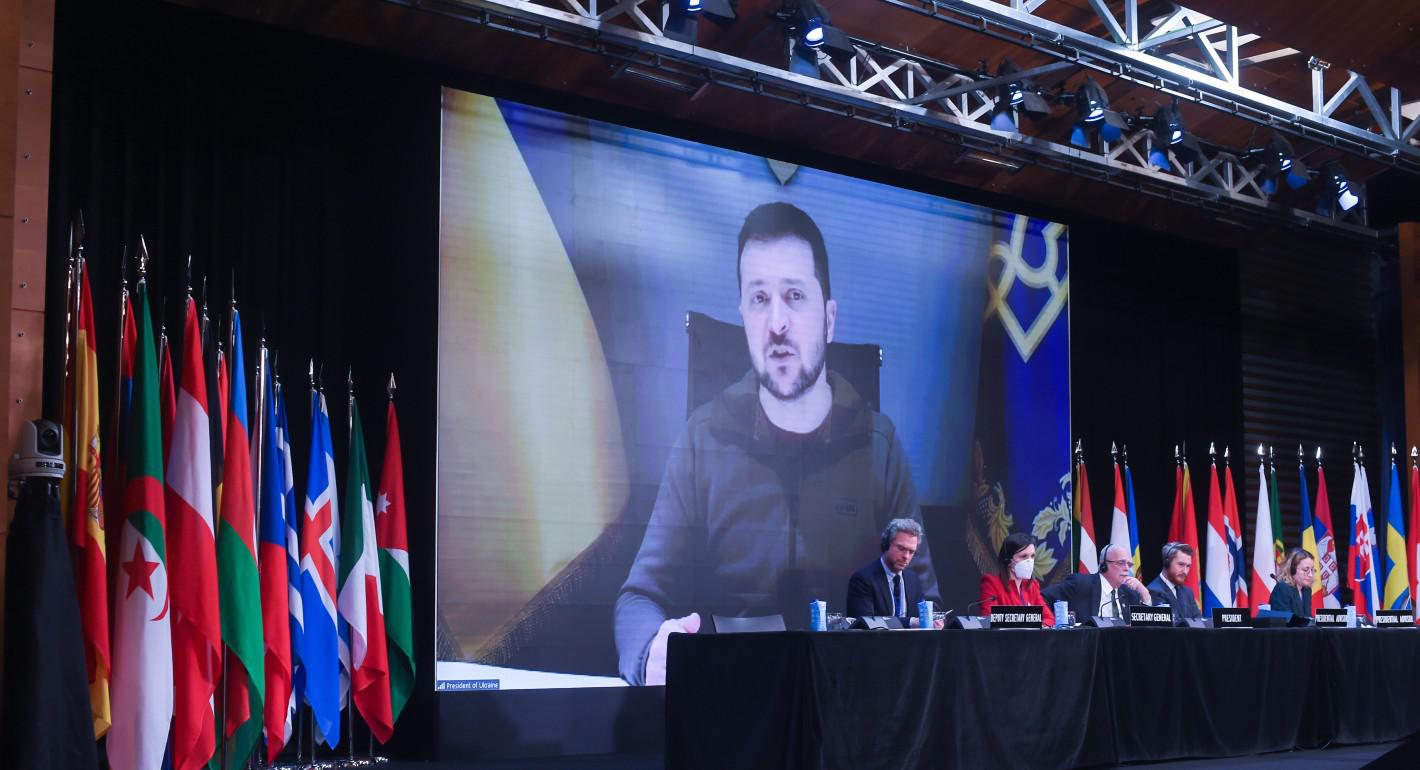
NATO Convenes to Complete Ukraine’s Long-Term Security Assistance
In light of escalating Russian aggression and delays in supplies, NATO ministers have resolved to formally back Ukraine militarily.
NATO defense ministers met on Thursday with the goal of completing a new plan for giving Ukraine long-term security support and military instruction. Hungary announced that it would not block the plan as long as it was not required to participate.
The ministers are gathering at NATO headquarters in Brussels for more than two days, which is the last opportunity for high-level talks before a summit that US President Joe Biden will convene in Washington on July 9–11. Here, it is expected that leaders of NATO would declare financial support for Ukraine.
Due to Russian forces taking advantage of delays in U.S. military assistance, Ukraine’s Western partners are stepping up their military backing as Russian forces continue to attack along the vast 1,000-kilometer front line. In addition, political differences have caused funding from the European Union to be delayed.
The conference was chaired by NATO Secretary-General Jens Stoltenberg, who emphasized the need for Ukraine’s military forces to receive consistent, long-term funding, supplies, and equipment.
As we observed earlier this year, the goal is to minimize the possibility of delays and gaps, Stoltenberg explained to reporters. He stated that “one of the reasons the Russians are now able to push and to actually occupy more land in Ukraine” is because of the delays.
Following Russia’s full-scale invasion in February 2022, the Pentagon-led Ukraine Defense Contact Group has brought together Western allies of Ukraine on a regular basis to procure arms and ammunition for Kyiv. On Thursday, a new meeting was held at NATO headquarters.
Even while these gatherings have produced significant battlefield support, they are frequently impromptu and unplanned. NATO has launched an endeavor under Stoltenberg’s direction to offer more organized help.
According to the proposed concept, the 32-nation military alliance will use NATO’s command structure, pool finances from its common budget, and coordinate training and security support initiatives.
In Washington, Stoltenberg hoped that Biden and his colleagues would agree to sustain the existing levels of funding for military aid to Ukraine, which he estimated to be worth about 40 billion euros ($43 billion) in equipment yearly.
Hungary declared on Wednesday that as long as participation in the proposal is still optional, it will not oppose it.
According to Prime Minister Viktor Orbán, “I asked the Secretary-General to ensure that all military actions outside NATO territory are voluntary, in line with NATO rules and our traditions.” “We now have the necessary guarantees for Hungary.”
Even if NATO does not as a whole transfer weapons or ammunition to Ukraine and does not have any plans to send soldiers there, many of its members do contribute bilateral support, which accounts for more than 90% of Ukraine’s military aid.
The war that Russia is waging against Ukraine is seen by the other 31 allies as a serious security threat to Europe. Most, like Biden, have taken care, though, to keep NATO from becoming embroiled in a more extensive battle with Russia.
The fundamental tenet of NATO is that all members will unite in the face of an assault on any one ally.
All Categories
Recent Posts
Tags
+13162306000
zoneyetu@yahoo.com



